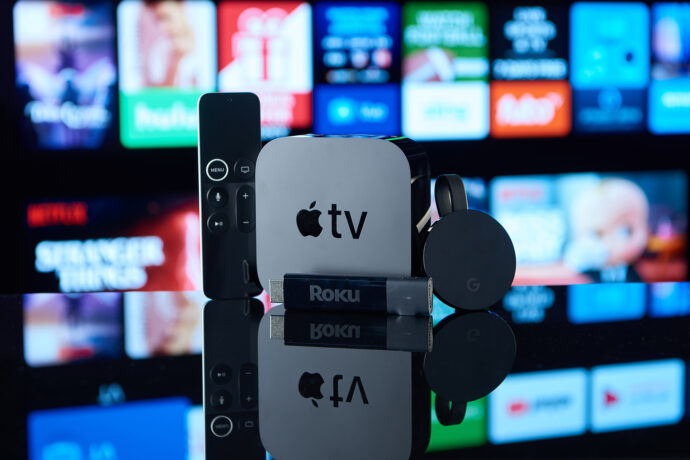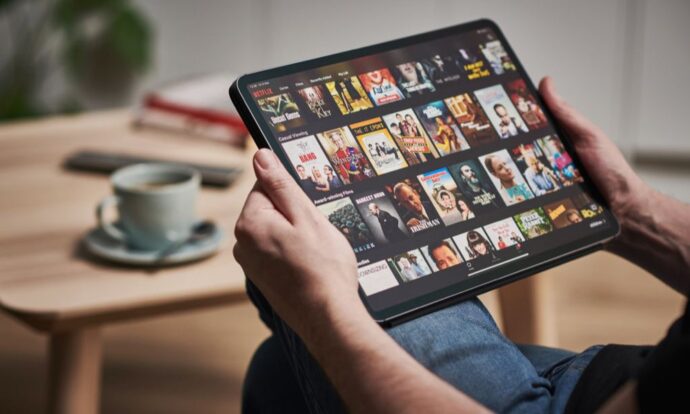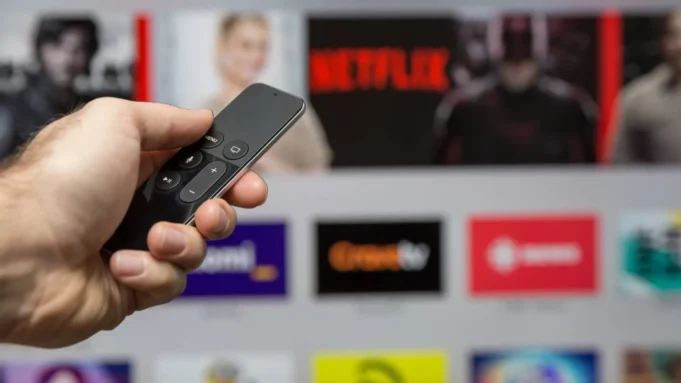Video streaming makes content consumption simple and engaging. People don’t need to buy CDs or DVDs or wait for a video to air anymore.
Internet-based services simplify the viewing experience a lot. They have no schedule and can be accessed on any device – from smartphones to Smart TVs. Viewers can watch live or video records anytime and anywhere due to IPTV or OTT delivery methods. How is that possible? How does video streaming work? Let’s dive into details.
If you want to create IPTV systems for video streaming service, we recommend contacting Setplex. They can offer the OTT/IPTV solution that will help you reach your business goals.
How video streaming work: let’s observe

The video streaming process includes the following:
Encoding
First, of course, a video is recorded and captured from a video camera. But to be transferred through the Internet, it should go through the encoding process. The video should be compressed and reduced in size. It is divided into chunks, which makes it easy to transmit a video via the Internet.
An IPTV encoder works with video file compression and deals with further delivery. It ensures that the delivery is flawless and with low latency. For that, it should have a high capacity power. So, check this criterion when choosing an encoder.
Transcoding
Transcoding is the process of converting a video from one format to another. It can be a process very similar to encoding. But transcoding deals with already encoded video files.
The transcoding process is necessary so that a receiving device can play the video. The video format must match the requirements of a device. For example, for a smartphone, a 480p quality can be enough. There is no need to stream a 1080p quality video on a smartphone. But laptops or TVs can play 1080p and better quality video, and people using these devices will likely want a video of high quality.
Decoding
Decoding is uncompressing a video so that its format can be displayed on the screen. It is the opposite process of encoding. The result of decoding is a video displayed on the device screen, and a user can watch the picture.
Displaying
When all the encoding, transcoding, and decoding processes are complete, a user can enjoy the video on their gadget – via the application or a web player.
What else to know about video streaming?

#1 CDN network solutions can help a video streaming platform provider deliver videos across the world. CDN is a content delivery network. It is necessary if you want to cover more locations and ensure a smooth user experience. When a user requests a video, it is delivered from the server that is located closer to the user, not from the original server. CDN lowers latencies.
#2 There are many video streaming protocols that define how a video is transferred. There are examples of these protocols: HLS, DASH, RTMP, WebRTC, and many others. They are responsible for different operations. For example, RTMP is used to send a video from an encoder to the platform.
How do Streaming Services Work?
Streaming services work by transmitting data over the internet in a continuous manner. A server sends a stream of bytes to a client, which decompresses and then reassembles the bits into images and sounds that the client can see and hear.
The first streaming service was called RealPlayer. It was created by RealNetworks in 1995, and it allowed users to watch videos on their PC without having to download them. Streaming services grew in popularity after they were used to watch coverage of the 2004 Olympics.
Today, there are many different streaming services available. Some of the most popular ones include Netflix, Amazon Prime Video, Hulu, HBO NOW, and CBS All Access. Each of these services offers a different mix of movies, TV shows, and sports content.
To use a streaming service, you first have to choose a provider. There are a number of different providers available, so it can be hard to decide which one is right for you. Once you’ve chosen your provider, you need to sign up for an account. After that, all you need is a device with internet access and a screen capable of displaying HD video.
Once you’ve set up your streaming service and device, you’re ready to start watching! To start watching something on Netflix or Hulu, simply go to their website and click on the show or movie that you want to watch. On Amazon Prime Video and HBO Now, you’ll need to open the app and search for the show or movie that you want to watch. Once you find it, click on it and it will start playing in the app.

Pros of Streaming Services:
*No need to worry about missing your favorite show due to a lack of storage space or time commitment: Most streaming services allow you to queue up shows so that they are automatically played when available, without having to wait until they air. This is great for binge-watching!
*Variety: With so many different streaming services out there, there’s bound to be something for everyone. You can find shows and movies from all genres and styles, including family-friendly programming and award-winning blockbuster films.
*No commercials: Many people dislike the intrusive ads that appear during traditional TV broadcasts. With streaming services, you’re free from those pesky commercials – at least most of the time. There are exceptions – like with Hulu – but on the whole, streaming services tend to be less advertiser-heavy than traditional TV networks.
Final Thoughts
Video streaming includes a lot of components, more than we have described above. But still, it is a technology that changed the whole media industry. It makes content consumption more convenient and flexible. There is no need to wait for a video to air when you can watch videos on-demand.
Many companies create video streaming services to share their knowledge with viewers and generate more revenue.















